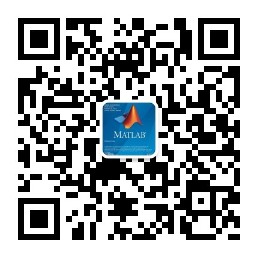博文
[转载]【计算机科学】【2012.12】【部分源码】用于图像识别任务的深度学习网络的GPU实现
||
本文为美国爱荷华大学(作者:SeanPatrick Parker)的硕士论文,共179页。
精确的自动目标识别是许多行业(从军事智能到制造业)迫切需要的机器任务。
Accurate automated object recognition is ahighly sought after machine task for many industries ranging from militaryintelligence to manufacturing.
无需人工观察就能直观地监控环境,这可能会提高生产力和安全性。
The ability to visually monitor anenvironment without human observation potentially leads to increasedproductivity and security.
例如,无人机发送的图像可以通过扫描以尽早发现威胁,并采取适当的安全预防措施。
For instance, images sent from unmannedaerial vehicles could be scanned to detect threats early and allow for propersafety precaution.
如果任务足够聚焦,并且存在相关领域的专业知识,则可以为特定任务构建硬编码系统。
If a task is focused enough and domainknowledge exists, hard coded systems can be built for a specific task.
然而,视觉输入的复杂性使得一般的多分类系统需要很高的计算能力。
However, the complexity of visual inputmakes a general, multiclass system require very high computational power.
幸运的是,GPU通用计算的出现可能会导致更好的解决方案。
Fortunately the advent of general purposecomputing on Graphics Processer Units could potentially lead to bettersolutions.
直观地说,使用GPU是非常有意义的。
Intuitively the use of GPUs makes sense.
通过硬件设计用于快速呈现视觉图像,因此使用相同的结构进行视觉检测似乎是合乎逻辑的。
The hardware is designed to rapidly rendervisual images so using the same structure to do visual detection seems logical.
实际上,分类过程涉及一组非常不同的计算。
In reality, the process of classificationinvolves a very different set of calculations.
与CPU相比,GPU还存在一些缺点,例如分支能力弱和内存限制严格。
GPUs also have several disadvantages whencompared to CPUs such as weak branching and strict memory limitations.
尽管出现了这些问题,但这种系统的GPU实现仍然可以完成,并将能够提供一个快速、准确的解决方案。
Despite these downfalls, a GPUimplementation of such a system can still be accomplished and will provide afast and accurate solution to the problem.
1 引言
1.1 问题状态与解决方法
1.2 机器学习概述
1.3 神经网络
1.4 基于能量的模型
2 玻尔兹曼机
2.1 通用玻尔兹曼机
2.2 约束玻尔兹曼机
2.3 训练策略
3 深度信念网络
3.1 理论
3.2 区分性微调
3.3 生成性微调
4 GPU的具体实现
4.1 CUDA回顾
4.2 RBM计算
4.3 网络训练
4.4 结构
5 数据集与研究结果
5.1 MNIST数据集
5.2 NORB数据集
6 结论
附录A 视觉系统显示
附录B 源代码
更多精彩文章请关注公众号:
https://blog.sciencenet.cn/blog-69686-1197731.html
上一篇:[转载]【信息技术】【2017.01】BestCrypt卷加密修复文件的研究分析
下一篇:[转载]【信息技术】【2009.08】使用无线传感器和摄像机进行车辆检测和跟踪